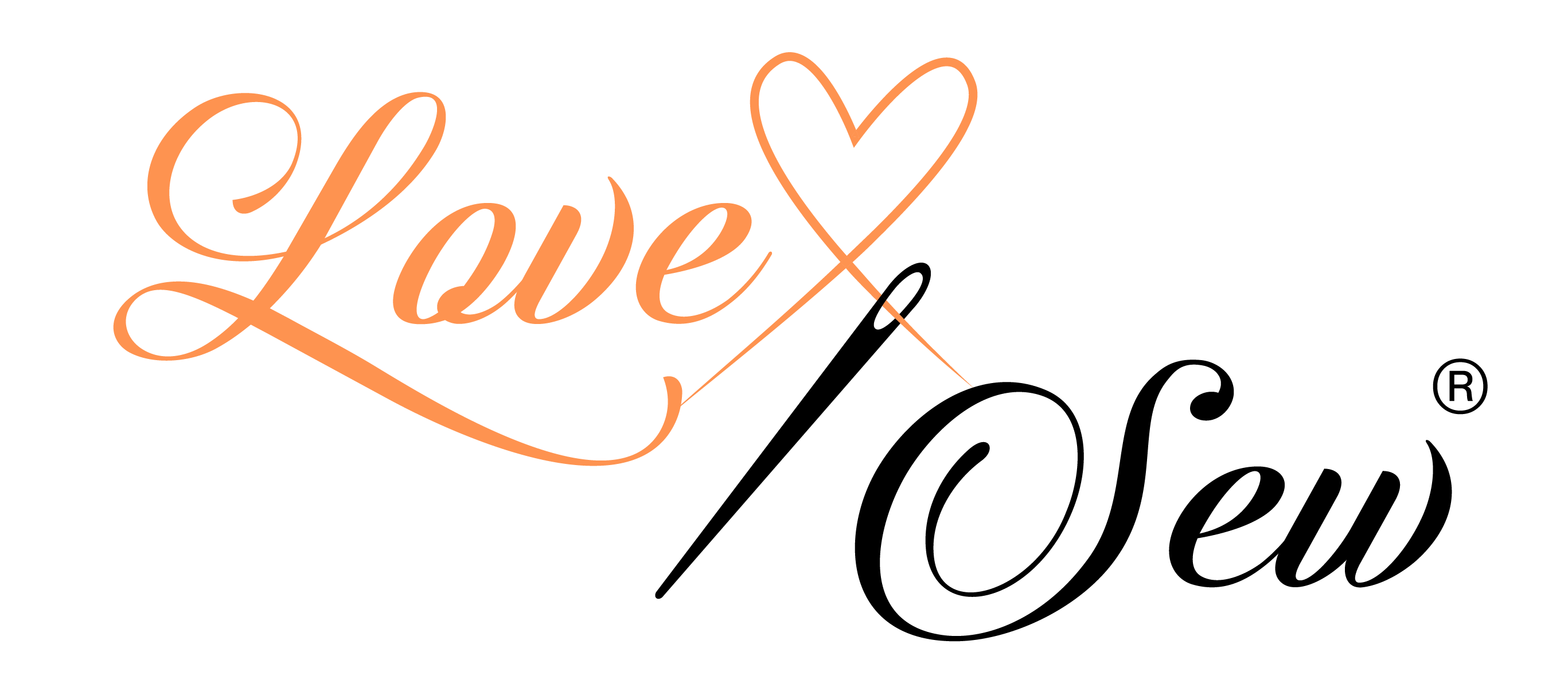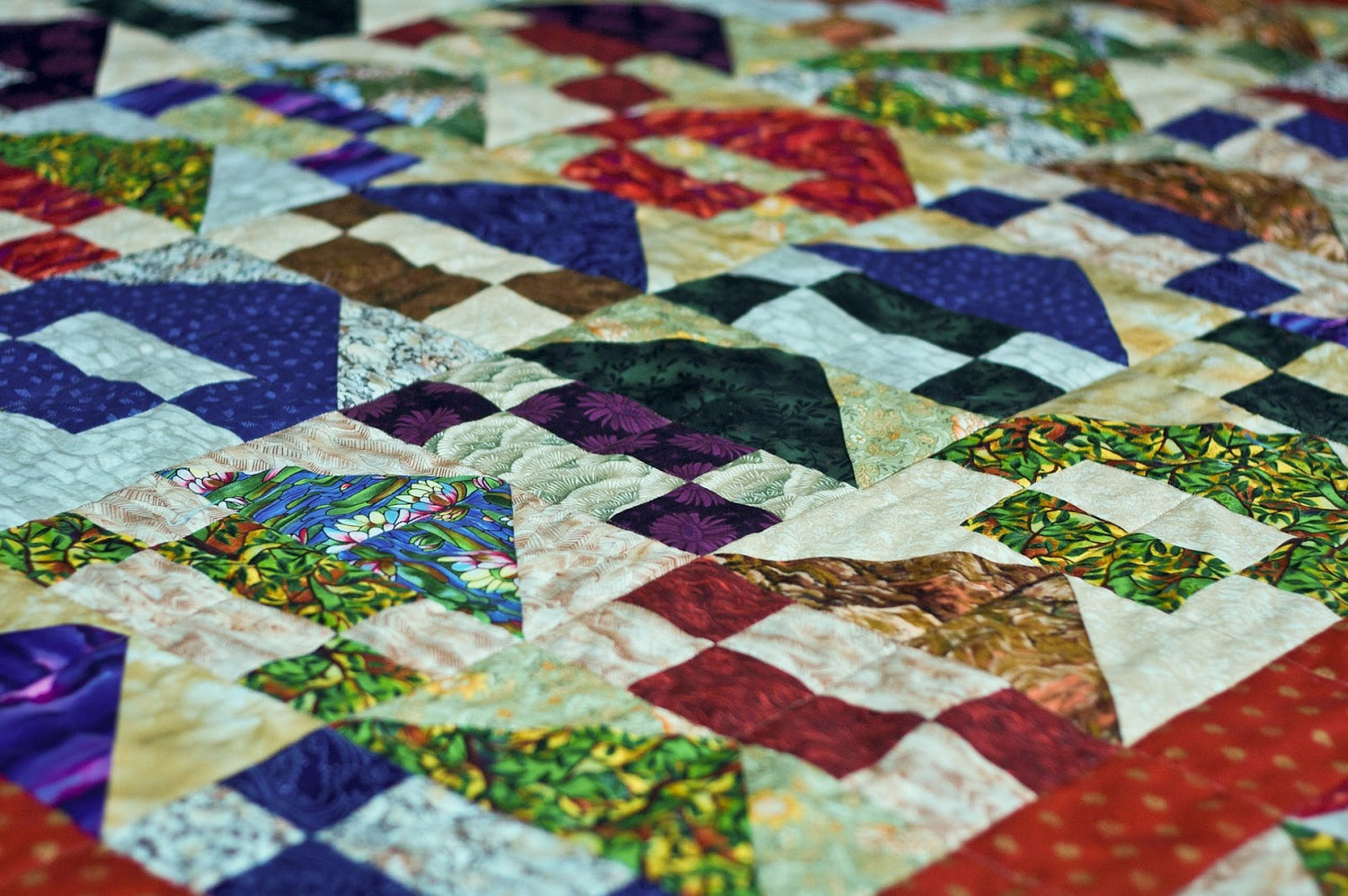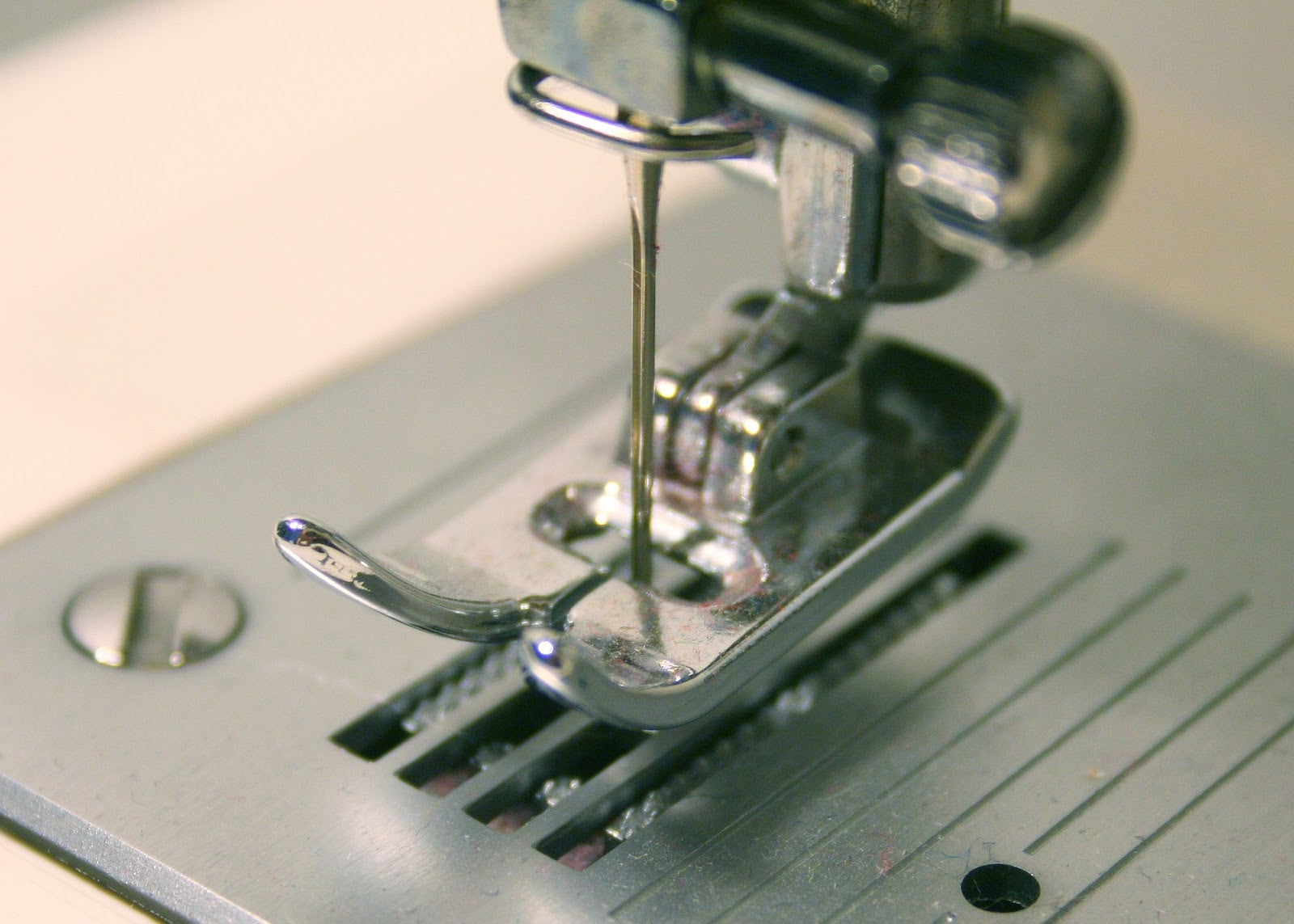Hand quilting is a beautiful art form that allows for self-expression, skill, and balance in a final product you can actually use around the house. There are many benefits to hand quilting, whether you’re just beginning your textile and crafting education or you’ve been sewing for years. One of those benefits is that hand quilting is an easy craft to begin trying out, making it an excellent option for new textile artists who don’t have much experience but want to begin learning how to make something truly remarkable today.
Love Sew is here to help you at every stage of your artistic journey. We believe that classic crafts with modern touches should be available to everyone who wants to learn them, which is why we provide affordable tools and parts to do the job right. It’s also why we’re sharing what we’ve learned in our time as crafters and quilters in the form of guides and resources, so you can begin creating your next vision with ease. This basic guide to hand quilting is the perfect place to get started.
History of Hand Quilting
The history of quilting is long and storied and provides a lot of insight into women’s labor and arts over the centuries of civilization. In fact, there is evidence to indicate that quilt making has been an essential practice for many different societies, dating as far back as 3,400 B.C. It has appeared as a craft in places like Egypt, Europe, and China, and the role of the quilt has evolved and changed with travel, technology innovation, and the availability of new materials and tools.
In the beginning, quilting was used for clothing, an effective way to keep people warm before more advanced internal heating systems were developed. Their other uses, like bedspreads and tapestries, are still very much followed today, and quilts can be found in homes and cultures around the world.
When you begin the process of quilting your own blanket, you’ll join a long and exciting history of individuals who have been using their craft and art to keep us warm and cared for throughout time.
How to Hand Quilt
There are many benefits to knowing all the methods for quilting, even if you don’t plan on hand quilting for all of your projects. When we hand quilt, we have a better understanding of the process, and it becomes easier to recognize the needs and steps that have to be taken to adjust or fix our progress as we go. Here are a few of the important things you’ll want to keep in mind when it comes to hand quilting today.
Tools You Need For Hand Quilting
The right tools make the job possible, and with proper care and maintenance, your quilting tools will last you for a long time to come. Here are some of the basic tools that every crafter is going to want for their quilting kit.
Scissors and Shears
Fabric scissors are different from fabric shears, which is why it’s important to have a pair of both available before you start your next project. Fabric shears are larger and will be used for cutting through large pieces of fabric and working on bigger pieces. Most crafters will want a pair of scissors for the little things, like threads, seams, and details.
Rotary Cutter
In addition to your scissors and shears, a rotary cutter is an essential tool for any quilter. It can be used to cut multiple layers of fabric at one time and provides a lot more flexibility and shaping freedom than scissors or shears.
Cutting Mat
Protect your table and any other surface you might be working on with a cutting mat. Most cutting mats have ruled lines, but you’ll also want to keep a ruler in your hand quilting kit, as well.
Quilting Hoop
A quilting hoop or quilting frame works to give your fabric tension and allow you to focus on one piece of the quilt at a time. This means straighter, more uniform stitches and a job done right.
Thread
There are many different types of threads for different jobs, so it’s important to explore your options and find the best thread for your next quilt. Thread comes in beautiful colors, which can be used to give your project a unique and exciting design.
Pins and Cushion
Pins will ensure that your layers of fabric line up and that you know where you’re stitching and cutting. A cushion will help to keep them all in one place, so you can avoid pricking yourself.
Needle and Thimble
Your needle is one of the most essential tools in your hand quilting arsenal. You’re going to want to have different types of needles for different parts and pieces of your quilt, but keep your thimble on hand—or thumb!— to avoid injury.
Seam Ripper
We all make mistakes! When you need to go ahead and adjust a line of stitches or fix a pattern, the seam ripper is the tool for the job.
Hera Marker
The hera marker isn’t actually a marker, but it is an essential tool for any hand quilter. You’ll use the hera marker to indicate where your line of stitches is going to be, which you’ll measure out with your ruler. The hera marker works by creating a crease in the fabric that you can follow, but it doesn’t leave behind any marks or dyes that can damage your fabric.
Fabric and Batting
The best part of hand quilting is creating your pattern and design! After all, quilting is an expression of creativity and individuality. You will have three layers to your quilt, the front, back, and batting, which is the thick layer in between that makes the quilt so warm and cozy. Don’t toss out your fabric scraps! You’d be surprised what kind of patterns can evolve from the pieces that are just lying around.
Patterns
When you’re just getting started, it’s a good idea to have a comprehensive pattern design in mind. There are many different ways to go about creating or following a pattern, but you’ll want to start with something simple in the beginning and work your way up to more complex patterns and designs as you become more familiar with the process.
Steps for Quilting
Once you have all of your tools gathered, you can begin the hand-quilting process! If you’re still a little wary, don’t worry. You can try out hand quilting on smaller pieces of fabric to get a sense of the process without any pressure.
The very first thing you’ll want to do is consider your quilting plan before you make any stitches. You can find a lot of gorgeous patterns to pick from, but it’s a good idea to start with something simple while you’re still getting the hang of things. Begin by threading your needle and lining up your layers in the quilting hoop. While the quilting hoop is optional, it will provide the tension you need to get a straight, consistent stitch every time.
Once you are ready, use a hera marker to delineate where you will be stitching, then set your first stitch. To make the knot of the thread disappear, you will want to go into the top layer and batting, but not through the back. Then simply pull the thread through so the tail is no longer visible. This will anchor your thread into place.
Follow your favorite stitching pattern until you have completed the section of the quilt, and then tie off the thread and move onto the next section. Keep going until it’s time to bind the quilt.
In Summary
Hand quilting may seem daunting at first glance, but the truth is that the process is an accessible way for anyone to learn about textiles and sewing. You only need to have a handful of tools available, and quilting can be a very forgiving medium, which means you can take the pressure off yourself to do it right every time.
Collect your tools and materials, like scissors, thread, a quilting hoop, hera marker, and more, and then begin designing your next pattern idea or finding a simple and fun pattern to try out. From there, it’s simply a matter of actually starting the sewing process, which you can do with ease when you use your hera marker to mark the lines of your stitches and the quilting hoop to keep your fabric pulled taut.
Love Sew can help. Not only are we here to share high-quality tools and materials for your every sew, but we also want to ensure you have the resources you need for each stage of your quilting journey. Get started with your next hand quilting project with this guide and more from Love Sew today.
Sources:
LEARN: 6 Techniques for Hand Quilting | Martha Stewart
quilting | History, Characteristics, & Facts | Britannica
5 Reasons Why a Hera Marker is the Best Quilt Marking Tool | Suzy Quilts



Leave a comment
This site is protected by hCaptcha and the hCaptcha Privacy Policy and Terms of Service apply.